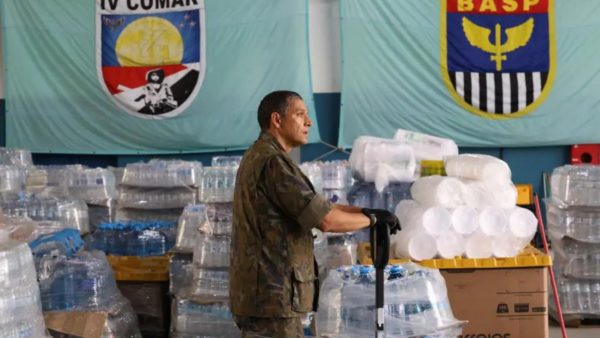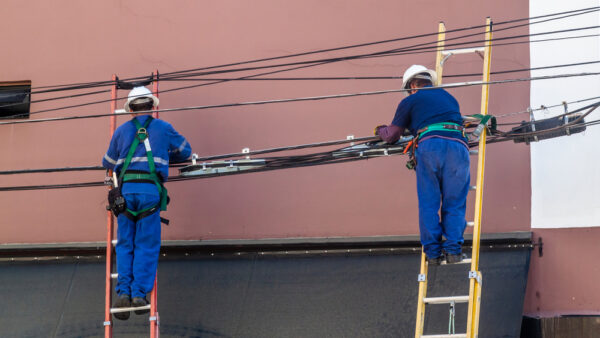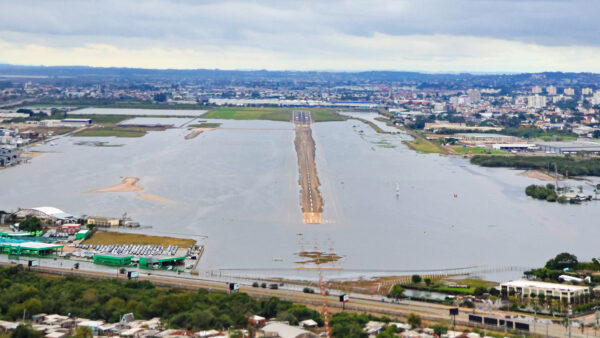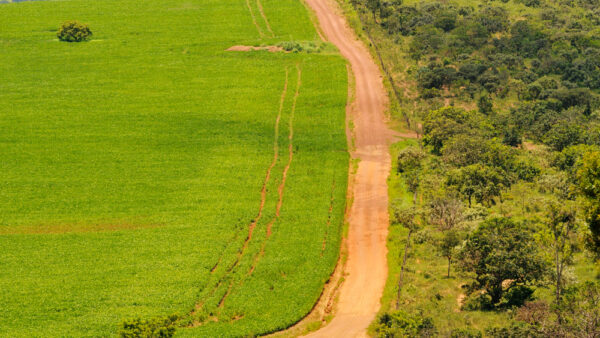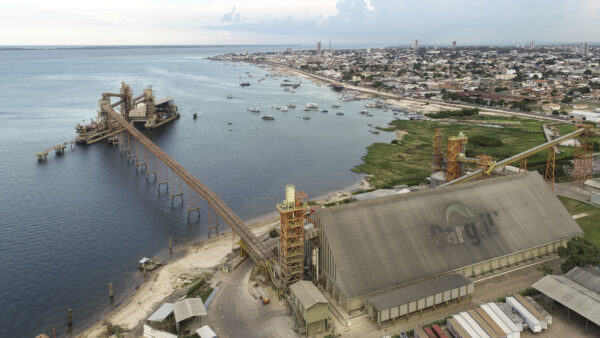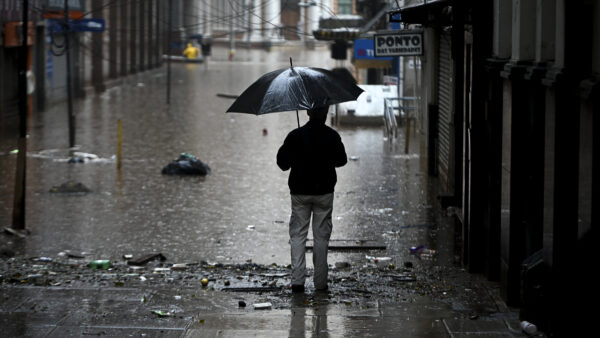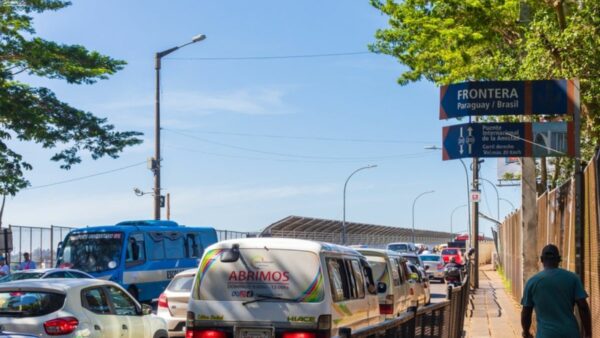The World Weather Attribution group, which brings together leading climate scientists from different countries, points out in a new study that human-induced climate change has not only doubled the chances of extreme floods in Rio Grande do Sul, but will also double the current risk again in 20 to 30 years, if carbon emissions are not “rapidly halted.”
The state was devastated by heavy rainfall between the end of April and the beginning of May, in around 90 percent of its territory. More than 580 thousand people were displaced in the resulting floods, and 172 died.
In the document, experts from Brazil, the Netherlands, the United Kingdom, and the U.S. state that events of this type are “extremely rare” in the current climate, with return periods of 100–250 years. “But without the effect of burning fossil fuels, it would have been even rarer,” says the press release.
In addition to the likelihood, they also assessed changes in the intensity of the rainfall, finding an increase of 6 to 9 percent “due to the burning of fossil fuels.”
“Climate change is amplifying the impact of El Niño in southern Brazil by making an extremely rare event more frequent and intense,” says Regina Rodrigues, a researcher at the Federal University of Santa Catarina and a member of the World Weather Attribution network.
In May, as The Brazilian Report explained, a group of researchers at the French-based Laboratory for Sciences of Climate and Environment (LSCE) stated that the evidence suggests that “the changes we see in the [Rio Grande do Sul] event compared to the past may be due to human-driven climate change, with a minor contribution from natural variability,” in a reference to the natural phenomena El Niño.
However, according to The World Weather Attribution group, the role of El Niño alone is “comparably large”. They estimate that it increased the probability of the event by a factor of 2 to 5 and made the rainfall 3 to 10 percent more intense.
The study also highlights that the consequences of heavy rains were worsened by land use issues, such as deforestation by the agricultural sector and poor occupations on river banks, as well as by the unpreparedness of flood protection infrastructure, as The Brazilian Report has shown.


 Search
Search
